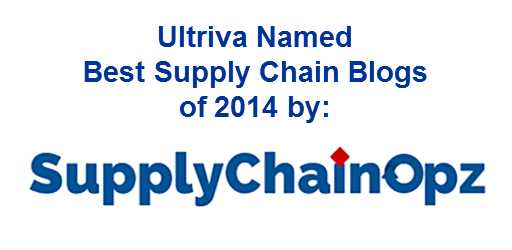Paul Myerson, professor of Practice in Supply Chain Management at Lehigh University recently reported that while the integration of your external supply chain is critical, companies should first make sure that their internal supply chain is truly integrated and collaborative to reach the full benefits of a lean supply chain.
While there has been much talk over the past decade about “collaboration,” much of it has been focused on external supply chain collaboration. It seems that many companies neglected to get their own houses in order before looking outside their own supply chains, according to a University of Tennessee report entitled, “Bending the Chain: The Surprising Challenge of Integrating Purchasing and Logistics.”
The report states that “organizations that closely integrate their purchasing and logistics functions deliver better business results… many firms fail to capitalize on this opportunity and have supply chains where purchasing and logistics operate in ‘silos’ with little cohesion.”
Even though 50% to 70% of an organization’s costs come from logistics and purchasing (and have a major impact on up to 80% of its working capital through inventory and accounts payable), logistics and purchasing often do not collaborate with each other.
The report points out that “when the purchasing and logistics functions are merged together, companies may realize increased levels of functional and financial performance such as greater efficiency, reduced complexity and lower operating expenses, cost of goods sold, and inventory.”
From their survey of 180 professionals, the UT researchers found that:
- “While purchasing and logistics are both typically found in a supply chain or operations organization, they are disconnected and operate separately.”
- “Both purchasing and logistics are well aligned to the business unit’s strategy and activities, but not nearly as well aligned to each other.”
- “Despite formal organizational links between purchasing and logistics, their interaction is typically informal and unstructured.”
- “Maintaining open lines of communication is the most widely used technique to foster integration.”
According to Nandu Gopalun with Ultriva by Upland, “At times the receiving dock is overloaded with parts or the folks sit idle waiting for the tracks to arrive. This causes many issues from when the parts are taken, to the point of use. Exceptions become the rule, causing a lot of mess.
Best practices to avoid these pitfalls include:
- Having common metrics throughout the supply chain organization.
- Offering Incentives for everyone to not only understand their function but others’ functions within the supply chain.
- Using interdisciplinary teams with processes and systems that support those activities.



